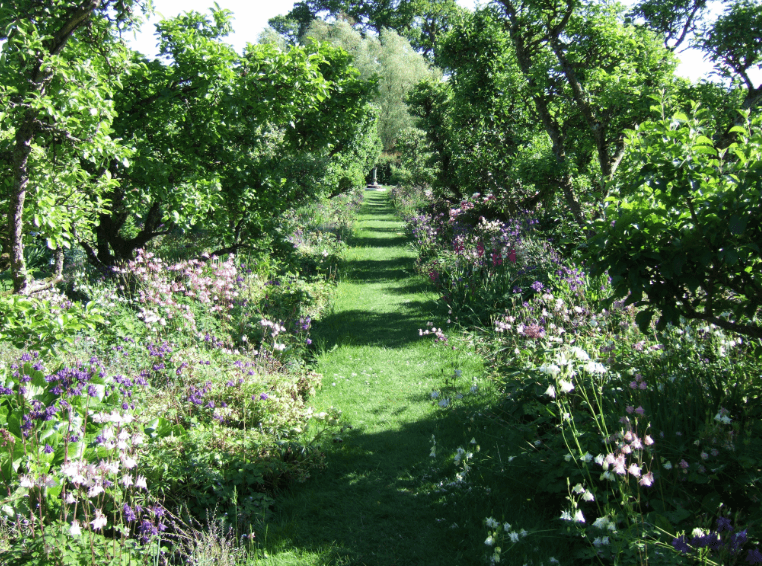Allergies greatly diminish enjoyment of garden spaces for many homeowners. But landscape design can minimise common allergy triggers through mindful plant selections and layout considerations. As a veteran landscaper, certain choices have been witnessed to reduce hay fever reactions over decades of allergy-conscious gardening. Let’s explore practical methods for upholding the garden’s beauty without aggravating allergies.
Allergy-friendly plants
When selecting trees, shrubs, and foliage, the species matters greatly towards pollen production and irritants. Favouring fertility-controlled, non-invasive cultivars along with indigenous species well-adapted to the local region generally reduces allergic responses. Excellent options include:
- Baby’s tears ground cover
- Liriope grasses
- Dwarf yaupon holly
- Rosemary shrubs
- Agonis flexuosa (WA Peppermint trees)
- Callistemon viminals (Bottlebrushes)
- Grevillea thelemanniana (Spider flowers)
Likewise avoid planting highly allergenic species like cypress, olive trees, pampas grass, or certain succulents and daisies.
Garden layout considerations
Strategic garden design also minimises allergy triggers through:
- Favouring paved areas surrounding homes rather than high pollen grass
- Grouping plants according to allergy potential rather than intermixing
- Using garden beds, hedging, and fencing to divide plant types
- Situating vegetation away from bedroom windows and ventilation intakes
By designing wisely, the garden’s beauty can thrive while upholding safety for those susceptible to allergies or asthma.
Ongoing maintenance matters
Garden maintenance also reduces allergens through:
- Timely removal of fading flowers before they go to seed
- Collecting up and discarding leaf litter rather than mulching onsite
- Pruning older growth that contributes most pollen production
- Screening compost bins securely to prevent windborne dispersal
Grasping allergy suffering
To truly comprehend the way gardens provoke allergies, one must understand both physical and mental impacts as allergen exposure mounts daily. Beyond stinging eyes or sneezing fits lies diminished vitality as flowers release pollen clouds sous to circulating winds. Each grain entering airways adds to inflammation – the body’s desperate bid for this foreign invasion to cease. Chest tightness follows, the lungs restricted capacity mirroring mental fog descending as reactions drain lifeforce. Attempting gardening tasks or unwinding in affected yards becomes exercise in endurance rather than leisurely pleasure when every particle irritates. Frustration swirls in once-beloved landscape vistas now rendered hazardous until hard frosts relent seasonally.
Recognising allergy symptoms
Exposure to airborne allergens from gardens commonly lead to these symptoms signalling bodily distress:
- Itchy, watery eyes – Often the first warning sign, these can lead to painful irritation and diminished eyesight ability if continually exposed.
- Runny nose, sneezing coughs – Mossy lawns or certain flowering trees fill the air with allergies triggering runny noses, repetitive sneezes and hacking coughs.
- Wheezing, chest tightness, difficulty breathing – Signs of possible asthma onset, this is the body’s extreme reaction to specific air particles from species like juniper or cypress plants.
- Impaired concentration – Allergy reactions drain cognitive power. Prolonged exposure diminishes focus, clouds thinking and disrupts mental performance through constant low-grade distress signals.
Conclusion
Creating landscapes the whole family can enjoy doesn’t mean sacrificing beauty or variety by any means. Through proper plant selections and layout considerations, Perth gardens can retain their splendour without triggering miserable allergic reactions. The difference thoughtful garden design makes for homeowners’ health is immense. Ensure your landscape projects account for allergy minimization right from the start.



